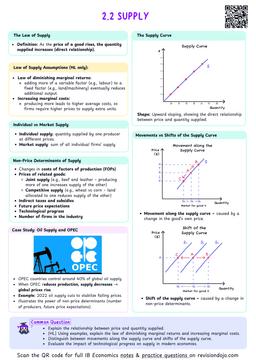How Do We Measure the Past Without a Time Machine?
Molecular Clock
The use of the gradual accumulation of mutations to infer when species diverged from a common ancestor.
- Scientists estimate evolutionary timelines by examining changes in DNA sequences.
- This technique is called the molecular clock.

Imagine trying to estimate the time between two old family photos by observing visible changes like aging.
Why Sequence Differences Matter
- DNA encodes proteins, so changes in DNA often result in changes in amino acid sequences.
- The greater the number of differences in homologous DNA or protein sequences between two species, the longer the time since they diverged.
- These differences arise through mutations: base substitutions, insertions, or deletions.
In IB exams, you must explicitly state that differences accumulate gradually and are assumed to occur at a relatively constant rate in the molecular clock model.
Basis of the Molecular Clock
- Mutations introduce changes in nucleotide base sequences of DNA.
- Some mutations alter amino acid sequences in proteins, while others may be silent.
- Over time, differences accumulate in genomes between lineages that no longer interbreed.
- The greater the number of sequence differences, the longer ago the species diverged.
- These differences can be quantified and used as an approximate measure of evolutionary time.
Always state that the molecular clock provides estimates, not exact dates, because mutation rates are not perfectly constant across species or environments.
Factors Affecting the Rate of Accumulation
- Generation time: species with shorter generations (e.g., bacteria, viruses) accumulate mutations faster due to more replication cycles.
- Population size: large populations retain more genetic variants, while small populations may lose mutations due to genetic drift.
- Selective pressure: harmful mutations are often removed, while neutral mutations accumulate.
- DNA repair mechanisms: species with efficient repair enzymes accumulate fewer mutations; those lacking proofreading accumulate more.
RNA viruses like influenza and HIV evolve extremely rapidly because their polymerases lack proofreading functions, leading to very high mutation rates.


